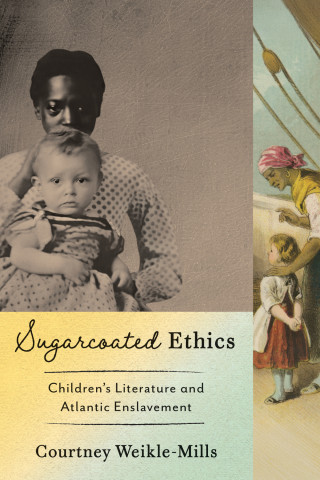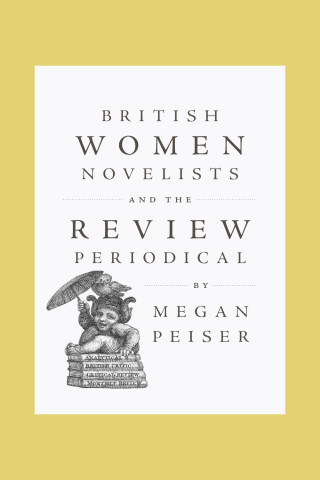
Reviews
A timely study.
Makes an original and compelling case.
Pfau offers interesting and fruitful readings.
Pfau has introduced a new analytical category into literary studies, embedded it in a rich tradition of philosophical and theoretical speculation, and... laid the groundwork for future studies.
Pfau's aims... are wide-ranging and challenging, and his critical method is interesting.
Thomas Pfau is to be congratulated for this erudite, insightful, and provocative attempt to write a history of the feelings that shaped and gave substance to English and German romanticism.
Romantic Moods both succeeds on its own terms and offers an important model for those seeking an alternative to the historicist methods of interpretation that have dominated Romantic studies for the last two decades.
Without a doubt, the most advanced restatement of the nature of feeling that I have encountered. Stunning in its mix of theoretical approaches, integration of historical context, and attention to a range of primary materials, both English and German.





